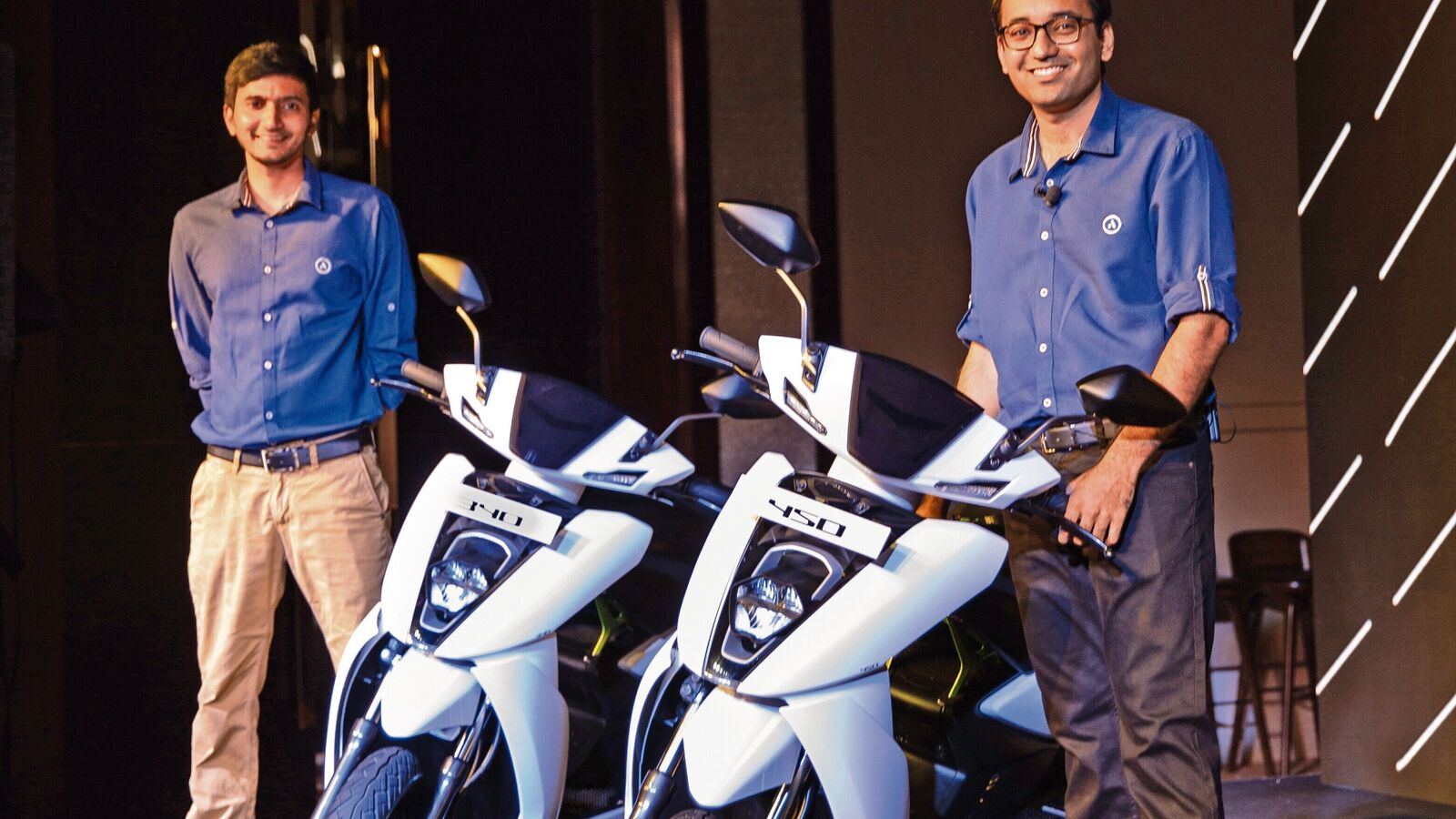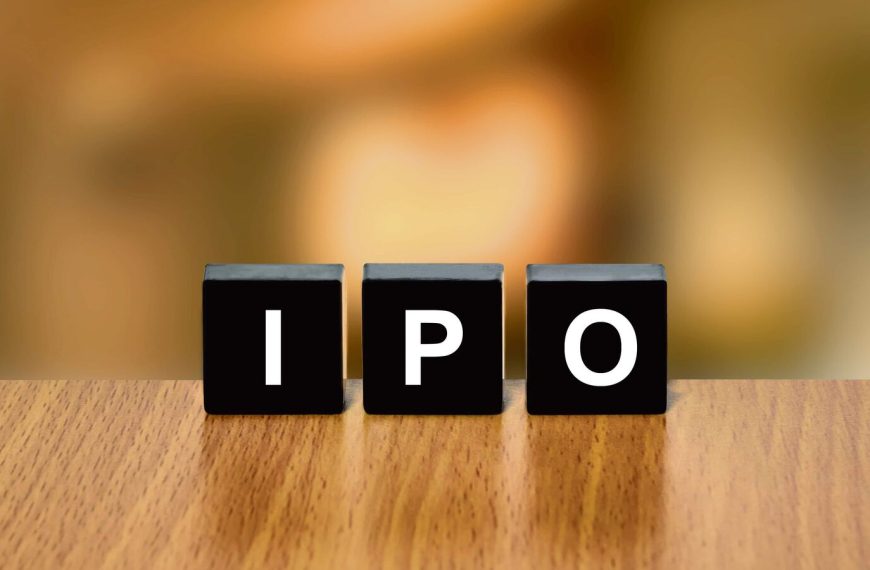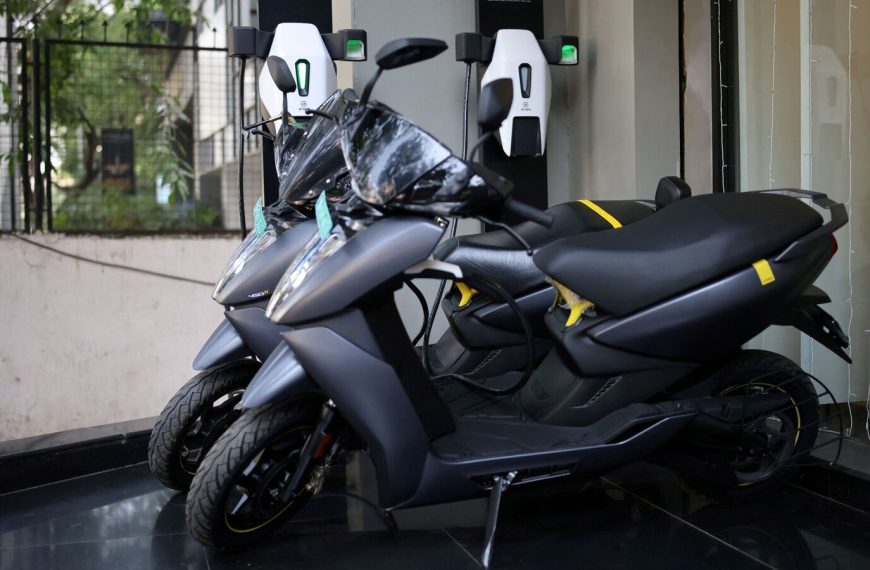Ather Energy Launches Initial Public Offering Amid Market Caution
Ather Energy Limited has officially entered the stock market with its highly anticipated initial public offering (IPO). Marking the first significant IPO from a startup in FY2026, this launch comes after extensive planning and a cautious approach reflecting the current market climate. The company’s Red Herring Prospectus (RHP) outlines several critical considerations that potential investors should be aware of before making their decisions.
Supply Chain Vulnerabilities
In a recent discussion with Moneycontrol, co-founder Tarun Mehta highlighted the brand’s ongoing supply chain challenges. Particularly, the recent restrictions by China on exporting rare earth magnets pose a potential threat, as these components are essential for electric scooter motors. Ather does not manufacture its motors in-house; instead, they outsource most parts, including battery cells and chassis, which raises concerns about production delays if suppliers fail to deliver on time or adjust pricing unexpectedly.
Competitive Landscape Challenges
Despite being a pioneering name in the electric vehicle (EV) sector, Ather Energy faces stiff competition from well-established brands such as Bajaj Auto, TVS Motors, and Ola Electric. These companies leverage significant resources and brand recognition, posing a challenge for Ather, which lacks the same scale and government Production Linked Incentives (PLIs). The RHP cites a CRISIL report that underscores the difficulties new entrants face due to the aggressive expansion of these legacy players.
Path to Profitability
The journey to profitability is daunting for Ather, as is the case for many emerging electric two-wheeler (e2w) manufacturers. The high capital requirements for production, paired with a slow-growing market, hinder the company’s financial success. According to the RHP, traditional internal combustion engine (ICE) scooters accounted for 85.3% of domestic scooter sales in FY2024, leaving e-scooters with only 14.7%. Although this segment is gradually expanding, Ather continues to invest heavily in research and development for future technologies, including enhanced manufacturing facilities and new e-motorcycle platforms.
Policy Framework Uncertainties
The current policy environment for EV manufacturing in India remains inconsistent and fragmented. Many industry players have called for long-term policy stability to facilitate more secure investments in the EV ecosystem. However, the lack of robust incentives and the potential growth of alternative fuel sources create uncertainty about the future viability of electric vehicles, particularly in the e2w sector. The RHP notes that factors such as poor resale values, rising electricity costs, and limited financing options continue to hinder market penetration.
Dependency on International Supply Chains
Ather’s reliance on battery cells sourced entirely from China and South Korea raises additional risks for the company. Fluctuations in supply, pricing, and quality of lithium-ion batteries could severely impact operations. The absence of firm purchasing agreements for these components exacerbates this vulnerability, particularly given the safety concerns surrounding lithium-ion technology.
In summary, as Ather Energy prepares for its IPO, potential investors must weigh the company’s innovative approach against the backdrop of significant operational challenges and a competitive landscape. For those interested in the evolving e-scooter market, Ather’s journey will be one to watch closely.











